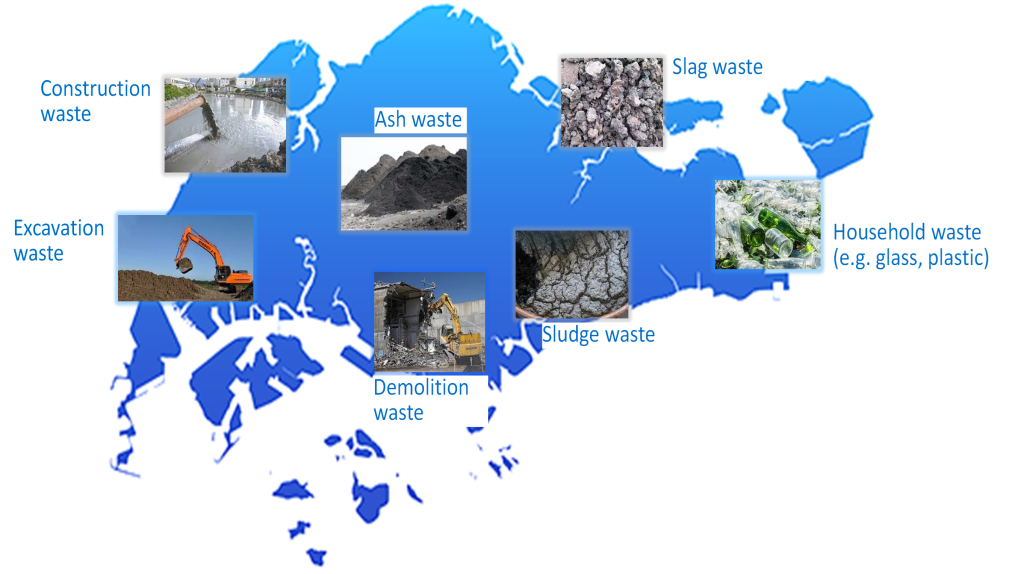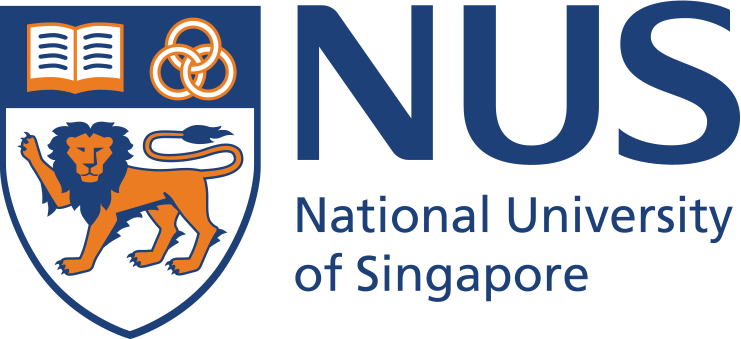-
-
- Bridging Scales from Below: The Role of Heterogeneities in the Global Water and Carbon Budgets
- Increasing Occurrences of Cyanobacterial Blooms Driven by Climate Change Factors
- Carbon Capture and Utilization
- Integrated Coastal-Inland Flood Model for Climate Change
- Pathways for Sustainable and Climate-Resilient Planning of Water-Energy-Food Security Nexus
-
- Air Quality and Health: A Paradigm Shift
- Surface Water Quality and Emerging Contaminants
- Microbial detoxification of persistent organohalide pollutants (POPs)
- Nutrients Removal in Waterbodies via Sustainable Pathways
- Centre for Water Research (CWR) researchers join their forces with U of T researchers for microplastics pollution detection and control in water and wastewater
- Dealing with Hard-To-Treat Industrial Wastewater
- Valorization of Bioresources – Towards a Circular Economy
-
- Intelligent Traffic Diffusion Plan Generation, Effective Assessment and Dissemination Strategies
- Transforming Waste into Resources for Infrastructural Development
- Look-Ahead Integrated Geophysical Investigation System (IGIS) for Singapore Tunnels
- Next-Generation Airport Pavements with Full-Scale Instrumented Testing
-
- Centre for Advanced Materials and Structures
- Centre for Hazards Research
- Centre for Resilient Underground Infrastructure and Engineering (CRUISE)
- Centre for Transportation Research
- Centre for Water Research
- Centre for Resource Circularity and Resilience (CR)2
- Centre for Offshore Research and Engineering (CORE)
- Centre for Environmental Resilience
- Safety & Health Committee
- Completed Research Projects
- Research Brief
- Achievements (in the media)
Transforming Waste into Resources for Infrastructural Development

Singapore is facing a two-pronged challenge of having no natural resource for its urban development and limited land to dispose its waste. The research tackles the reuse of a number of local wastes to valorize them into potential raw materials for urban development. It allows for the use of local waste to capture and store carbon dioxide permanently in the man-made structures that we build and create a net low carbon urban development. Furthermore, the carbonation enhanced aggregates create local raw materials resource which builds the resiliency of our nation against raw materials shortage.

Sustainable living is one of the five pillars in support of the Green Plan of Singapore and that can be achieved via a circular economy with high rate of recycling, effective resource management and waste reduction. Singapore is facing a two-pronged challenge of having no natural resource to serve as raw materials for its urban development and having limited land resource to dispose the waste that it generates. Singapore consumes more than 30 mega-tons of construction materials a year and generates 1500 t of incineration ash per day which will severely strain the Semakau landfill site which is expected to reach its full capacity by 2035. Among the waste that is generated in Singapore, incineration ash and marine clay are present in huge quantities of about 0.5 Mt and 5 Mt per year respectively and have very low recycling rate or reuse purpose. The added challenge in the recycling of incineration ash is its heavy metal content and thus far, there is no cost-effective approach to deal with this waste. The research tackles the reuse of incineration ash (and a number of other local waste) through the carbonation of these waste to valorize them into potential raw materials for urban development. The carbonation of these wastes via mineralization to form carbonates could help to partially sequestrate the 50 Mt of carbon dioxide emitted from the power plants and industry. This allows for the use of local waste to capture and store carbon dioxide permanently in the man-made structures that we build and create a net low carbon urban development. Furthermore, the carbonation enhanced aggregates create local raw materials resource which builds the resiliency of our nation against raw materials shortage. The synergistic combination of wastes to tap on their characteristic advantages will also allow us to tackle some of the challenges that are present in the use of single waste, such as heavy metal leaching.

For more details, please contact:
Assoc Prof Pang Sze Dai
Email: ceepsd@nus.edu.sg

